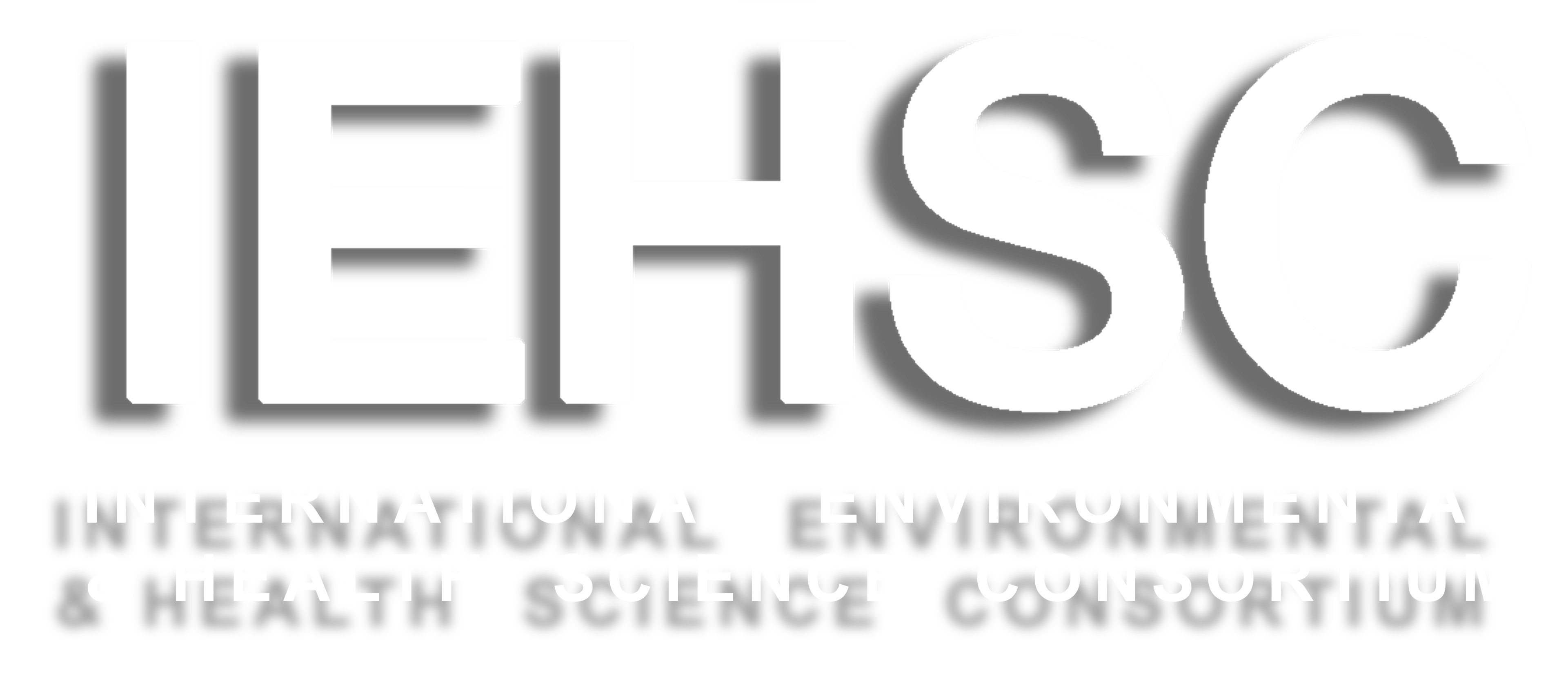Diane Smith
Diane Smith is a Polymer Scientist who grew up in New York, USA, and has 13 years of experience in brain cancer, breast cancer, and materials science research fields. Her areas of professional interest are nano/microplastic characterization, foreign body tissue reactions to metals, biocompatibility of metals used in medical devices, and surface physics.
Diane currently works on a project to characterize the distribution of metals in animal tissue after exposure to single-element implanted metal pellets. Metal solids in the physiological environment solubilize and become mobilized throughout the body. We are investigating the biokinetics and toxicology of metal exposure relevant to implanted medical devices and retained fragments from military wounds.
Diane’s past research projects include:
- Understanding mechanisms to most efficiently capture mycobacteria for improving affordable, rapid Tuberculosis diagnostics.
- Biochemical characterization of spider glue, a natural material that retains its adhesive properties in wet conditions.
- Investigating physical drivers of ladybird beetle (ladybug) foot adhesion on various surfaces.
- Protein and mycobacterial fouling of hard surfaces in physiological environments.
- Chemical and physical characterization of melanin particles before and after ultraviolet radiation exposure.
- Capacity of non-psychoactive cannabinoids to inhibit breast cancer growth and metastasis.
Dr. Smith currently resides in Maryland, USA with her son and is affiliated with the U.S. Food and Drug Administration and the Henry M. Jackson Foundation for the Advancement of Military Medicine. Diane believes strongly that the fields of Science and Engineering and their benefits to society should be readily accessible to everyone. Therefore, she has been active in efforts to promote interest in these areas through youth science competitions, helping launch an organization to make higher education in Science and Engineering fair and equitable for students, and involvement with a working group to bridge gaps in evaluation methods of metal exposure from corrosion and wear of metal-containing medical devices.


